Napoleon is one of the most well-known characters in history. He is famous for many things, but interestingly, his height is one of the most notable discussion points.
Even in his day, Napoleon was often referred to as a man of small stature. However, much of the discussion of his height was likely related to a smear campaign to make him seem impotent and less-than-suitable for leadership.
Napoleon will forever be associated with being small, but historians are quite confident that he was not all that short for his day. People were not as tall on average during the 1700s and 1800s as today.
Various considerations of the different ways to interpret recorded statements about Napoleon’s height indicate that he was likely just one inch shorter than the average height for men during this time.
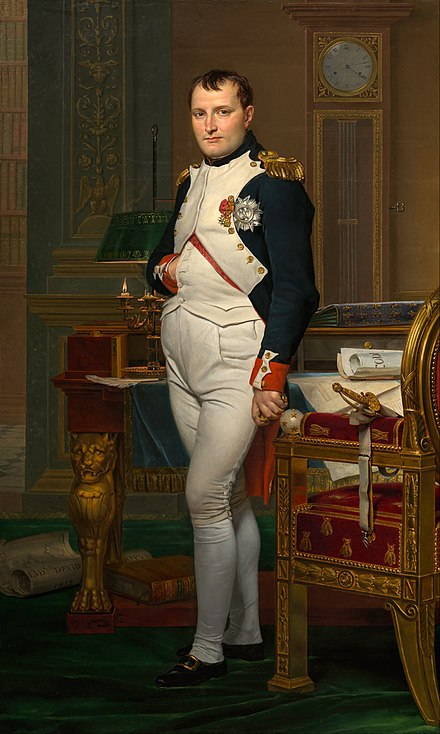
How Tall Was Napoleon?
Napoleon’s death certificate offers the most important clue about his real height. There are varying descriptions of his possible height from other sources during his lifetime, but many of them can be considered suspect due to their origins.
No one without an axe to grind during Napoleon’s lifetime would have been likely to comment on his height, and the topic was so sensitive to him that anyone who was in his good graces would have wanted to stay there. This meant that those within his inner circle stayed mum about this stature for their own well-being.
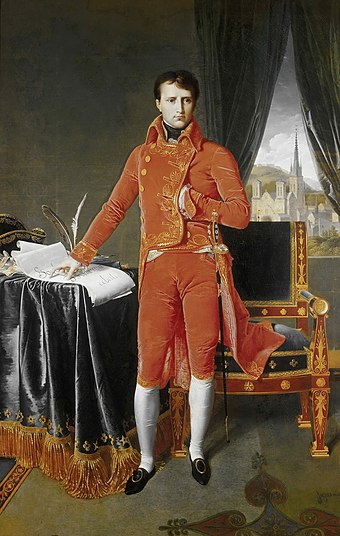
The death certificate indicates Napoleon’s height in French inches, which is not the same as the current concept of an inch measured in cm.
The French inch was 2.71 cm at the time, but the current “inch” measurement would come out to 2.54 cm. The certificate has led historians to interpret Napoleon’s height as between 5’2” and 5’7”.
The average height that most scholars agree upon is 5’6” or 5’7”. However, the male average during this period was 5’8”, which means that Napoleon would not have been short in his day by any available measure.
Many well-known men during this period were slightly taller than this, but not many people loomed as large as George Washington, who was six feet tall.
Our modern-day assessment of height is skewed by how tall people with adequate nutrition can be. For example, most Frenchmen during the time that Napoleon was alive would have been about 5’2” to 5’6”, so Napoleon would have been an entirely normal height.
So Why Was Everyone So Concerned With Napoleon’s Height?
Part of the reason that Napoleon might have been ridiculed for his stature was due to a nickname he had collected when his affectionate troops began calling him “Le Petit Caporal.” This translated to “The Little Corporal,” but it was not a comment on his stature or ability to lead.
There is some truth to the fact that the hired troops, which made up a large portion of the French army, were not Frenchmen and thusly were often quite tall compared to French soldiers.
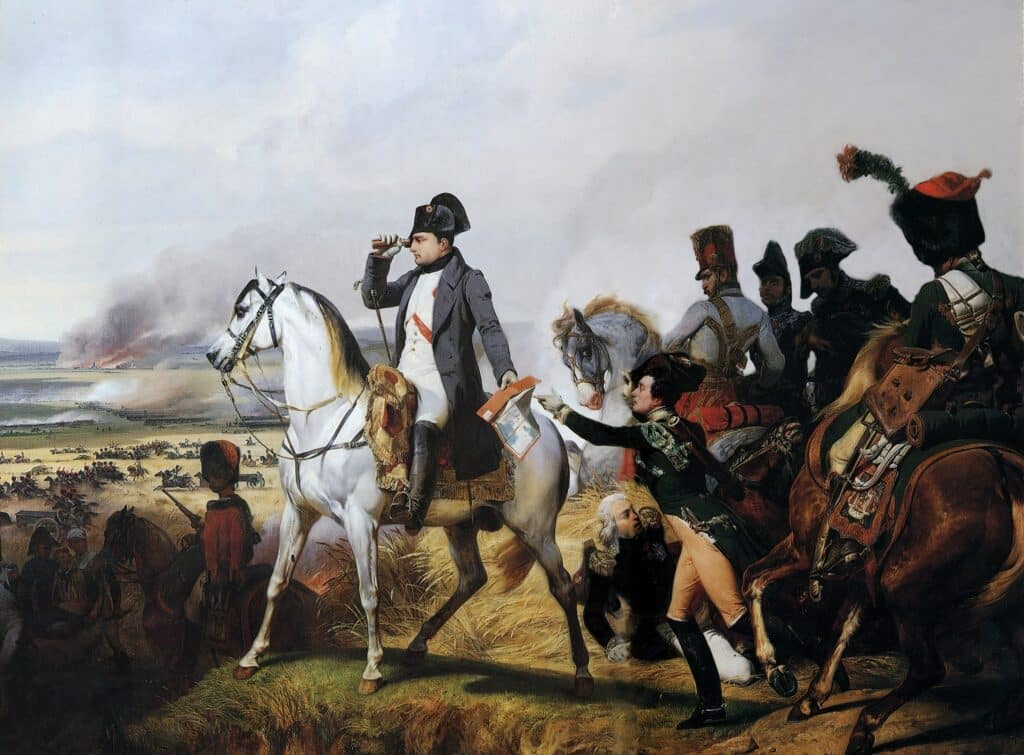
This could have led to the fond nickname that the troops did not know would become the foundation for so much critique of Napoleon’s height throughout his lifetime.
However, while the nickname could indeed have been the reason for the initial critiques of Napoleon’s height, which became so closely linked with his memory throughout history, other social and political forces were also involved.
What is more likely to blame for the constant discussion about Napoleon’s height is that he was a naturally boastful braggart, and he clearly offended many other leaders with whom he came into contact during his lifetime.
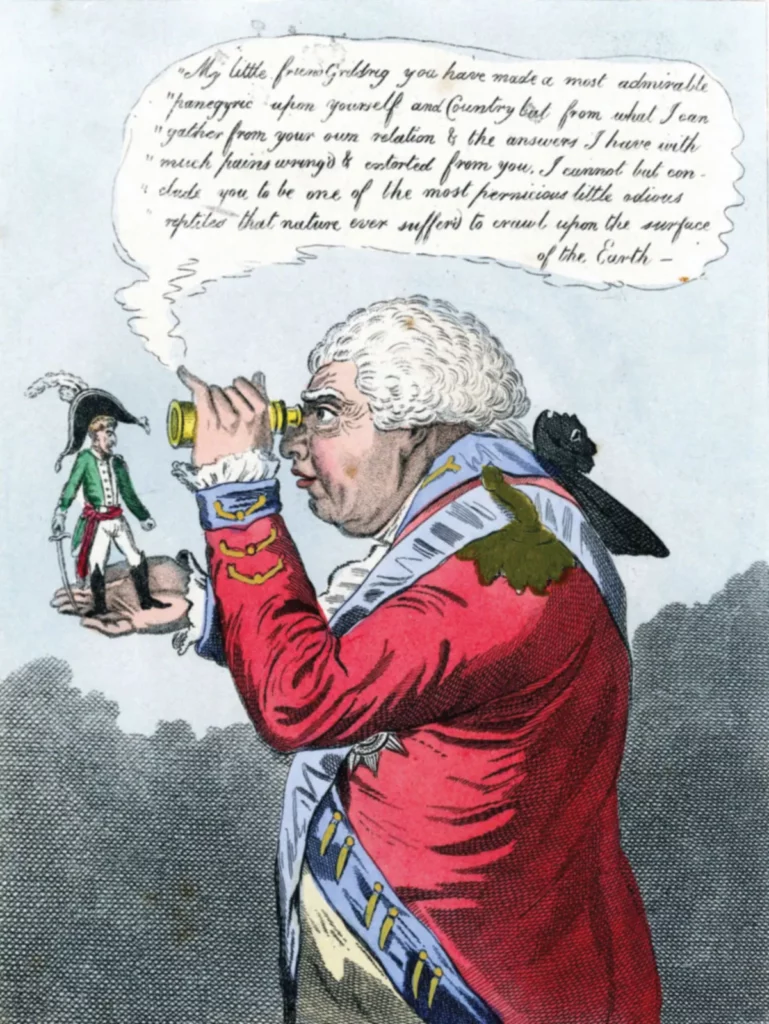
He was incredibly offensive to the English, who were more than happy to craft a legacy for Bonaparte that was based largely upon the work of cartoonists like James Gillray, who created the character of “Little Boney.”
This short, swaggering, offensive cartoon depiction of Bonaparte was fastened upon with joy by offended Brits who disliked Napoleon and what he stood for.
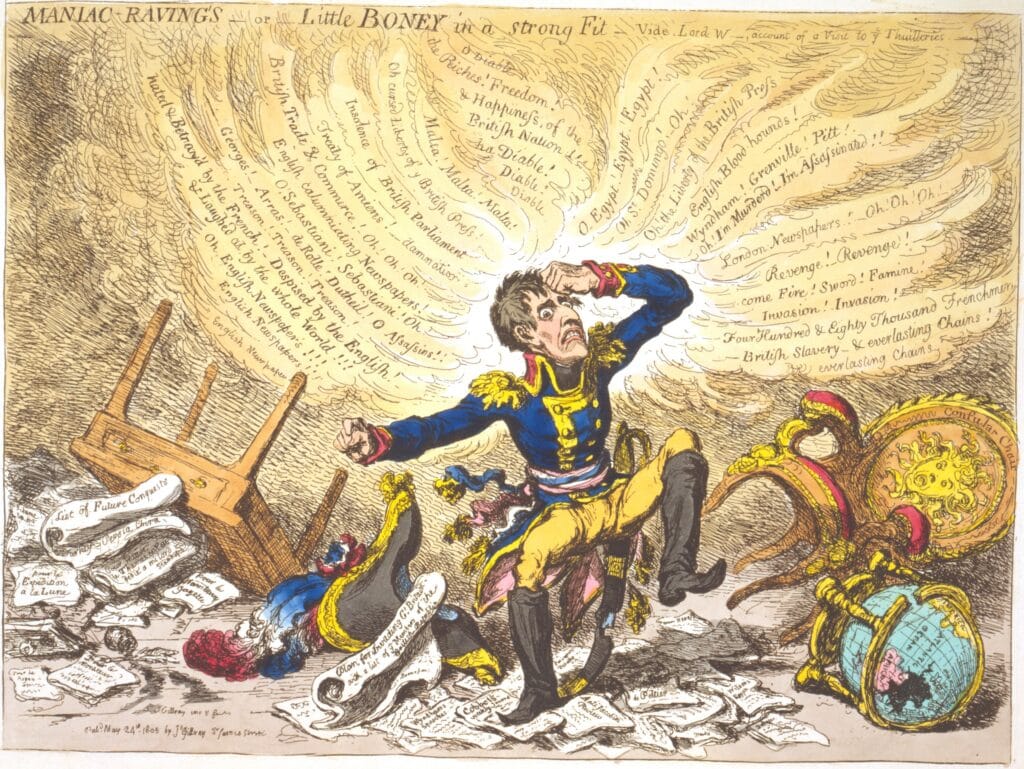
England was concerned that Napoleon’s successful conquest of continental Europe would lead to him turning an eye on the richness of England as his next target.
The enmity between France and Britain had been simmering for hundreds of years, and there was no shortage of reasons to make fun of any French leader who stood to threaten the supremacy of England.
Britain had colonial assets to attend to and protect from France’s “Little Corporal” as well, and they saw this interest in Napoleon’s stature as a prime way to promote a France that was as impotent as the “little” man who led them.
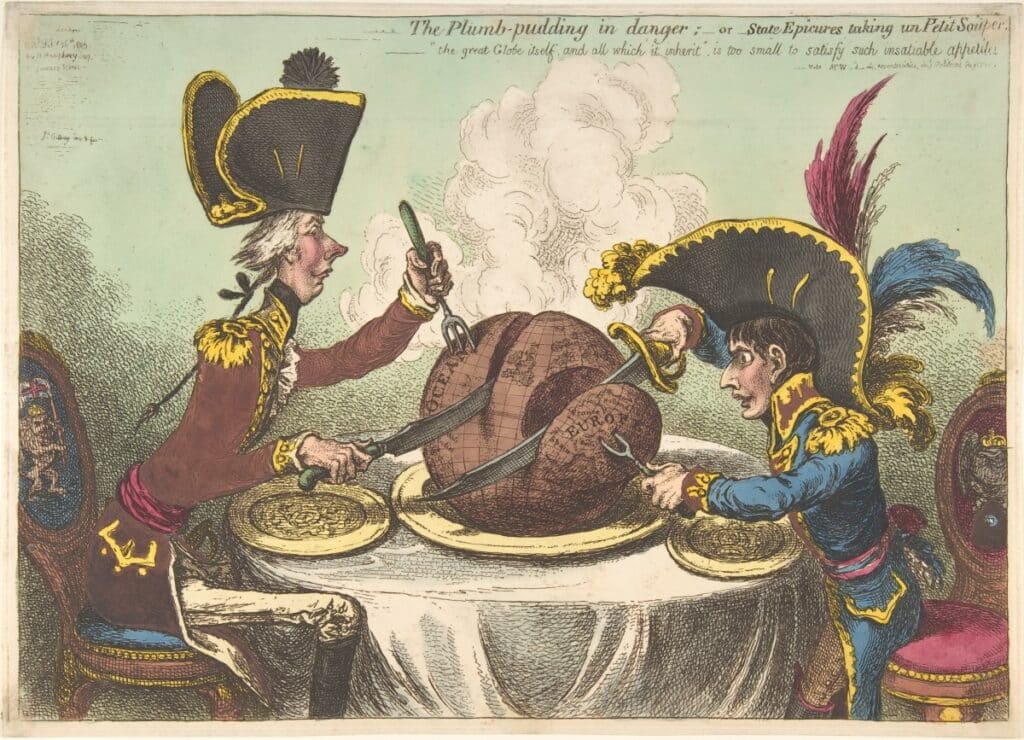
It only fanned the flames when Napoleon sent a flurry of letters across the channel to request that England cease to make fun of him in this way. British cartoonists and the British press ignored his requests and carried on with their smear campaign that was proving to be so effective.
The Legacy of Concerns Over Napoleon’s Height
Concerns over Napoleon’s stature have certainly continued to be a factor in how he has been remembered even into modern times. It is not uncommon to hear someone small, noisy, or bossy referred to as someone with a “Napoleon Complex.”
It has been over two hundred years since Napoleon was first satirized as a tiny, noisy, boastful little man, yet we still refer to this kind of behavior in his name.
Perhaps the most important legacy of concerns over Napoleon’s stature is that his strong reaction to such criticism, and the positive impact that such satire had on worldwide opinion from a British perspective, showed clearly that satirical writing could be highly effective at swaying public opinion.
We are numb to satirized discussion since politics is rife with this tactic. However, the smear campaign that Britain enacted against Napoleon in the early 1800s was the first true campaign of this type to influence world opinion so effectively.
Sources:
Zelazko, Alicja. “Was Napoleon Short?” https://www.britannica.com/story/was-napoleon-short. Accessed 13 Jan. 2023.
Dove, Laurie L. “Was Napoleon Really Short?” https://history.howstuffworks.com/history-vs-myth/napoleon-short.htm. Accessed 13 Jan. 2023.
History.com. “Was Napoleon Short? Origins of the ‘Napoleon Complex.’” https://www.history.com/news/napoleon-complex-short. Accessed 13 Jan. 2023.
NGV International. “Napoleon: Revolution to Empire.” https://www.ngv.vic.gov.au/napoleon/facts-and-figures/did-you-know.html. Accessed 13 Jan. 2023.
Rodenberg, Margaret. “How Tall (short) Was Napoleon Bonaparte?” https://mrodenberg.com/2013/10/24/how-tall-short-was-napoleon-bonaparte/. Accessed 13 Jan. 2023.

